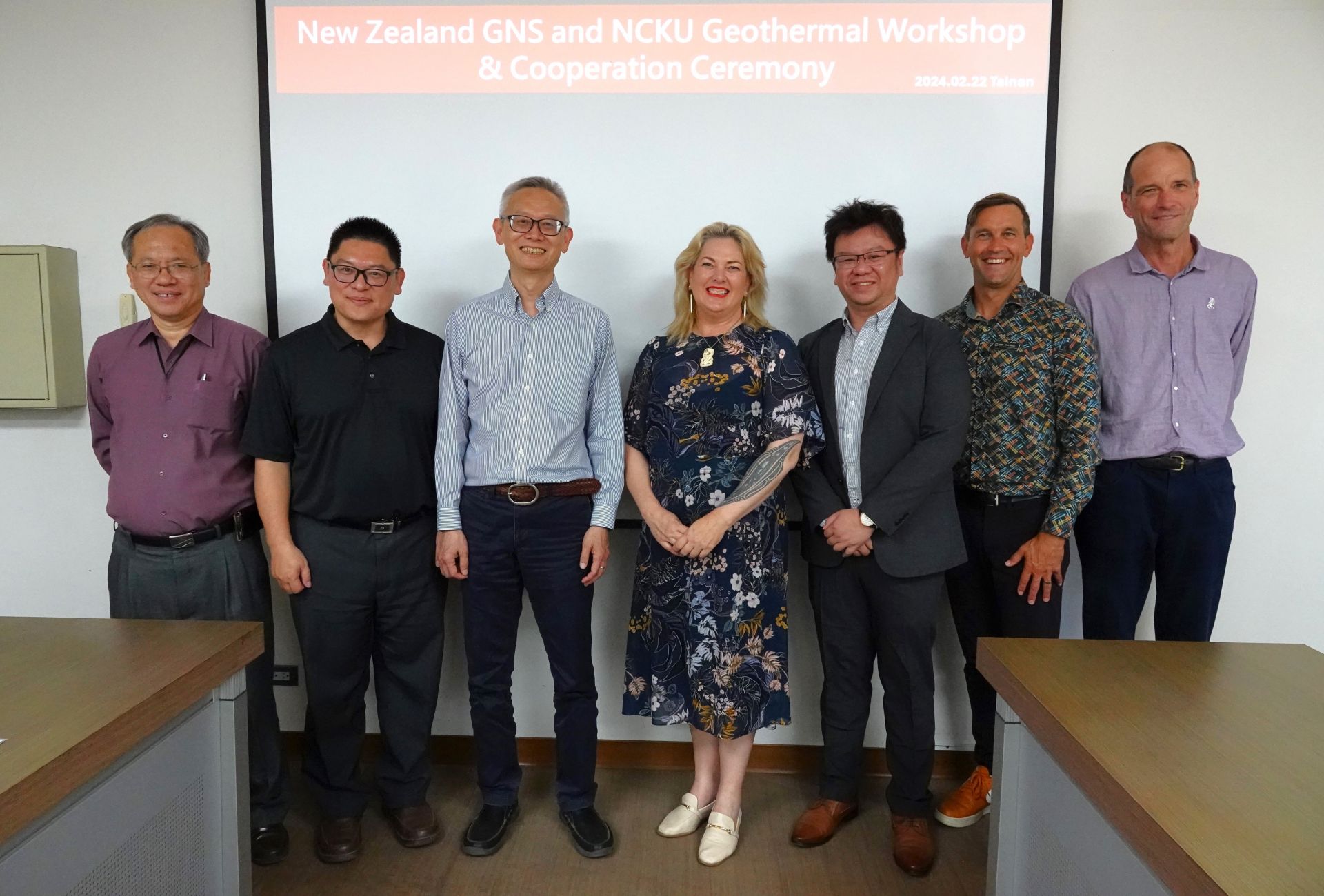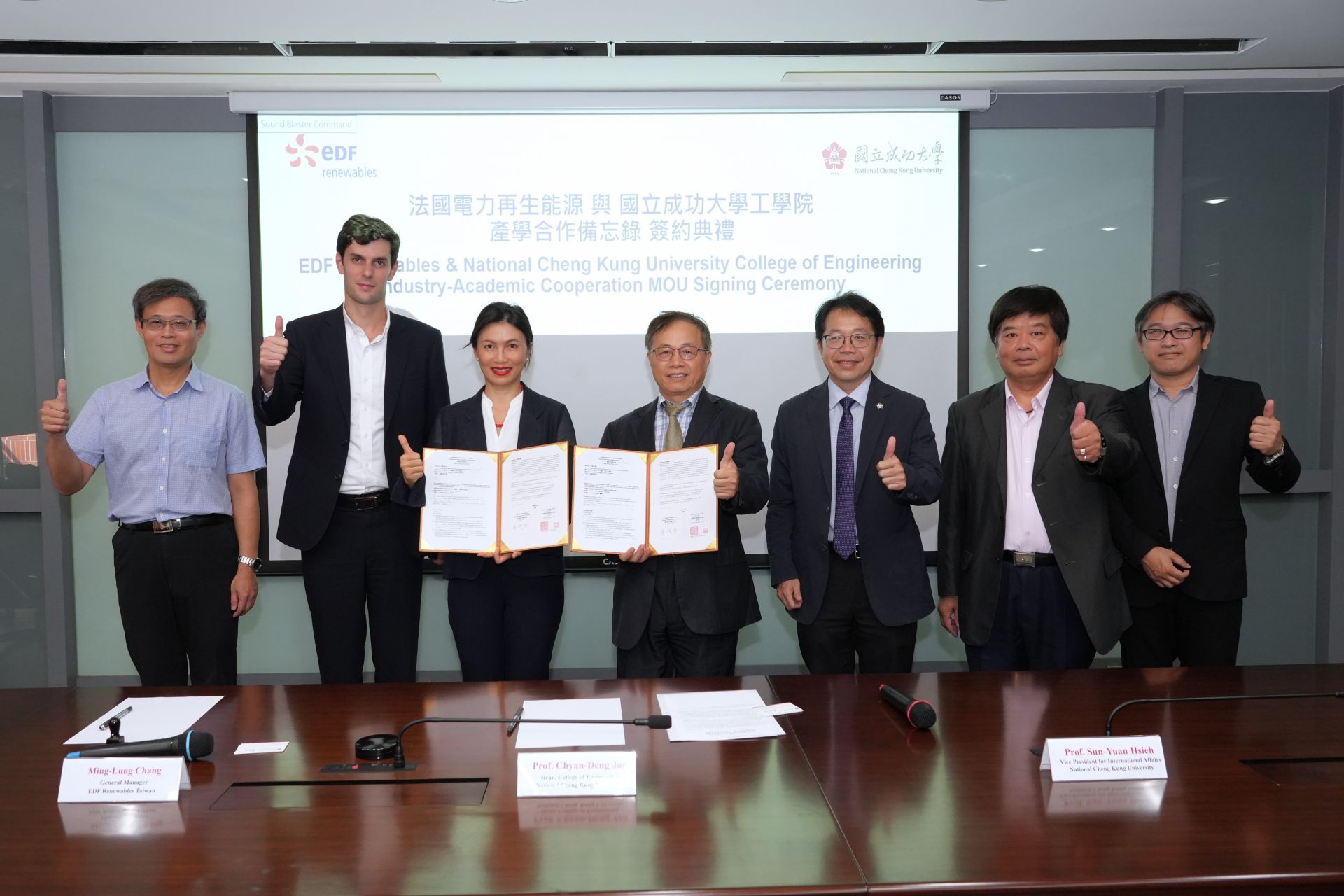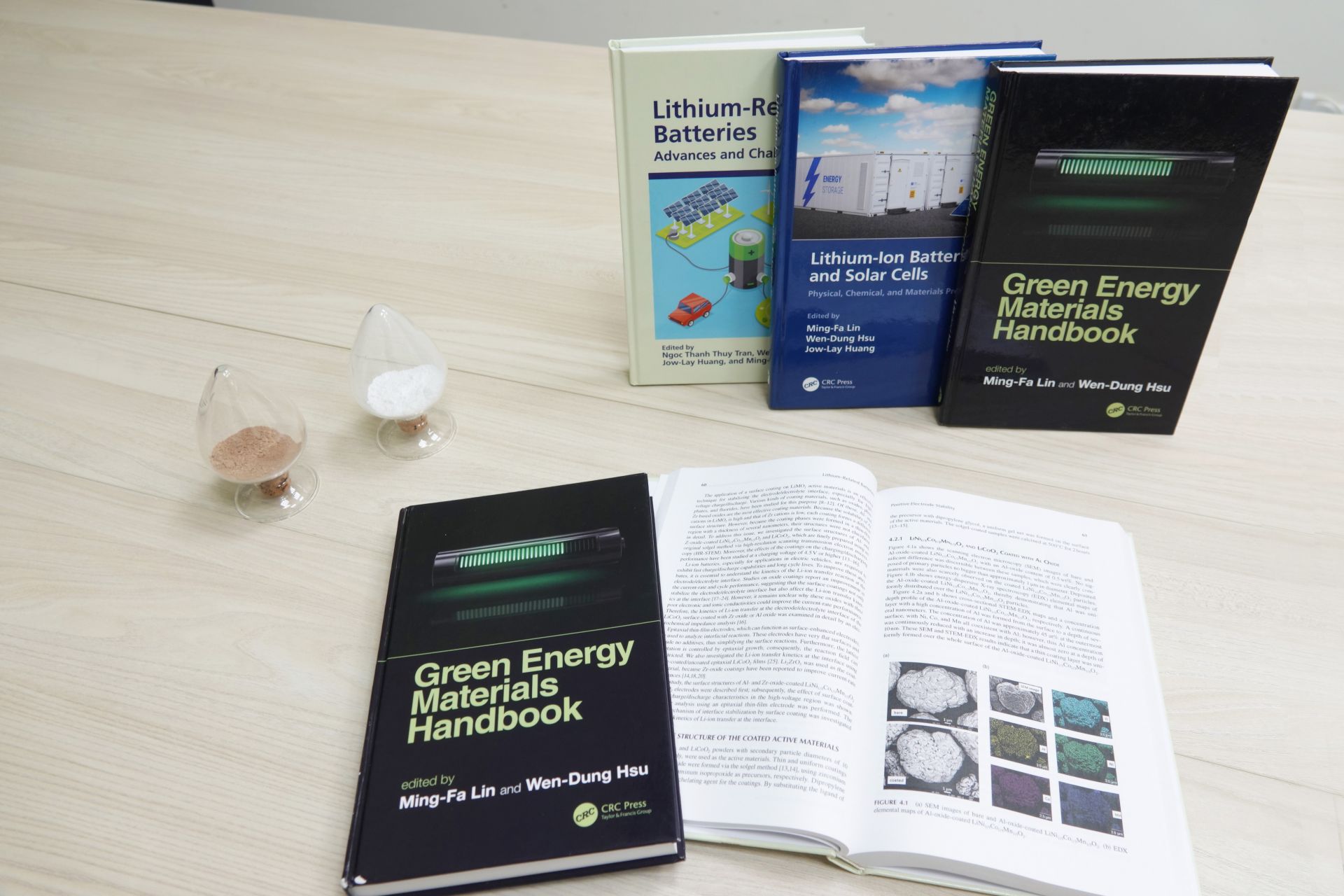Floating Offshore Wind Turbine Renewable Energy is an emerging field of offshore wind power. A student team, Orein, led by Professor Ray-Yeng Yang of the Department of Hydraulic and Ocean Engineering at NCKU, designed and built a model floating wind turbine carrier to participate in the 2023 Floating Wind Challenge in the Netherlands. Despite the adverse sea conditions, Orein's floating carrier was highly recognized by the judges for its efficiency, structural integrity, stability, practicality, and cost effectiveness, and won second place in the Design Report Award and third place in the Competition's Real Work Award.
Offshore wind power is a part of renewable energy, said Prof. Yang. At present, wind power is already being generated in offshore waters, and the future trend is to develop offshore wind power further and wider, and floating wind turbine carriers are one of the keys to success.
Some demonstration sites for floating wind energy research have already been established in Europe. "The 2023 Floating Wind Challenge", held on May 12, was in the hope of stimulating young people's creativity and ideas to accelerate the development of floating wind turbines. A total of 11 teams from universities in Europe, Asia and the United Arab Emirates participated in the competition, and Orein of NCKU was the only team from Taiwan to participate.
The Orein team consists of 6 members, including 3 master students, Nai-Chi Chen, Yong-Jun Sun, and Shao-Jie Tai, and senior students, Yu-Zhen Lin, Kui-Tian Lin, and Shun-Wen Cheng. The team spent more than 3 months to complete the design and construction. Professor Yang praised the dedication and commitment of the students. He said that the team paid attention to every aspect of the carrier model and even went to the waters of Anping Yuguang Island to test the feasibility of the design concept with floating devices such as buckets before the model was made.
In order to make the model perform as expected during the competition, the team collected detailed information on the wind, waves, currents, and topography of the Scheveningen Beach in The Hague, Netherlands, before the design. After the construction of the model, the wind and wave flow test tank and the large cross-sectional tank of the NCKU Institute of Water Engineering simulated the wave and wind conditions of the Scheveningen Beach in The Hague, The Netherlands, for further testing.
Another thing can also show the team's meticulousness. Since the model of the carrier must be assembled on site during the competition, it is hard to imagine the consequences if the shipping schedule of the model is delayed, so after several considerations, the 6 people decided to disassemble the model of the carrier, which is about 1 meter in length, width and height, into 4 modules, pack them individually and follow them to the plane. Later, they were worried that the customs would have a problem with the modules leaving the country, so they consulted with the customs in advance and provided written instructions. The final modular design and the stability of the carriers were also the main points of the international competition that were favored by the jury.
On the day of the competition, May 12, the sea conditions at Scheveningen Beach in The Hague, Netherlands were poor. Together with team Orein, only 4 or 5 teams had their carriers floating steadily on the surface of the sea with the waves. The stability, structural integrity and power generation efficiency of the model were excellent. The support structure, anchors and mooring equipment used by the team incorporate techniques that are familiar to the Taiwanese industry, which theoretically helps to link the industry and increase cost efficiency.
Professor Yang pointed out that it was the first time the team did a design report in English, and it was not easy for non-native English speakers to win second place. The model competition also performed above standard. "The Floating Wind Challenge was held for the first time in 2022. Last year, the competition was held in an indoor test pond, but in 2023, it is held in the real sea, which added a lot of uncertainty, and it is not easy for the Orein team to get international recognition.
Offshore wind power is a part of renewable energy, said Prof. Yang. At present, wind power is already being generated in offshore waters, and the future trend is to develop offshore wind power further and wider, and floating wind turbine carriers are one of the keys to success.
Some demonstration sites for floating wind energy research have already been established in Europe. "The 2023 Floating Wind Challenge", held on May 12, was in the hope of stimulating young people's creativity and ideas to accelerate the development of floating wind turbines. A total of 11 teams from universities in Europe, Asia and the United Arab Emirates participated in the competition, and Orein of NCKU was the only team from Taiwan to participate.
The Orein team consists of 6 members, including 3 master students, Nai-Chi Chen, Yong-Jun Sun, and Shao-Jie Tai, and senior students, Yu-Zhen Lin, Kui-Tian Lin, and Shun-Wen Cheng. The team spent more than 3 months to complete the design and construction. Professor Yang praised the dedication and commitment of the students. He said that the team paid attention to every aspect of the carrier model and even went to the waters of Anping Yuguang Island to test the feasibility of the design concept with floating devices such as buckets before the model was made.
In order to make the model perform as expected during the competition, the team collected detailed information on the wind, waves, currents, and topography of the Scheveningen Beach in The Hague, Netherlands, before the design. After the construction of the model, the wind and wave flow test tank and the large cross-sectional tank of the NCKU Institute of Water Engineering simulated the wave and wind conditions of the Scheveningen Beach in The Hague, The Netherlands, for further testing.
Another thing can also show the team's meticulousness. Since the model of the carrier must be assembled on site during the competition, it is hard to imagine the consequences if the shipping schedule of the model is delayed, so after several considerations, the 6 people decided to disassemble the model of the carrier, which is about 1 meter in length, width and height, into 4 modules, pack them individually and follow them to the plane. Later, they were worried that the customs would have a problem with the modules leaving the country, so they consulted with the customs in advance and provided written instructions. The final modular design and the stability of the carriers were also the main points of the international competition that were favored by the jury.
On the day of the competition, May 12, the sea conditions at Scheveningen Beach in The Hague, Netherlands were poor. Together with team Orein, only 4 or 5 teams had their carriers floating steadily on the surface of the sea with the waves. The stability, structural integrity and power generation efficiency of the model were excellent. The support structure, anchors and mooring equipment used by the team incorporate techniques that are familiar to the Taiwanese industry, which theoretically helps to link the industry and increase cost efficiency.
Professor Yang pointed out that it was the first time the team did a design report in English, and it was not easy for non-native English speakers to win second place. The model competition also performed above standard. "The Floating Wind Challenge was held for the first time in 2022. Last year, the competition was held in an indoor test pond, but in 2023, it is held in the real sea, which added a lot of uncertainty, and it is not easy for the Orein team to get international recognition.
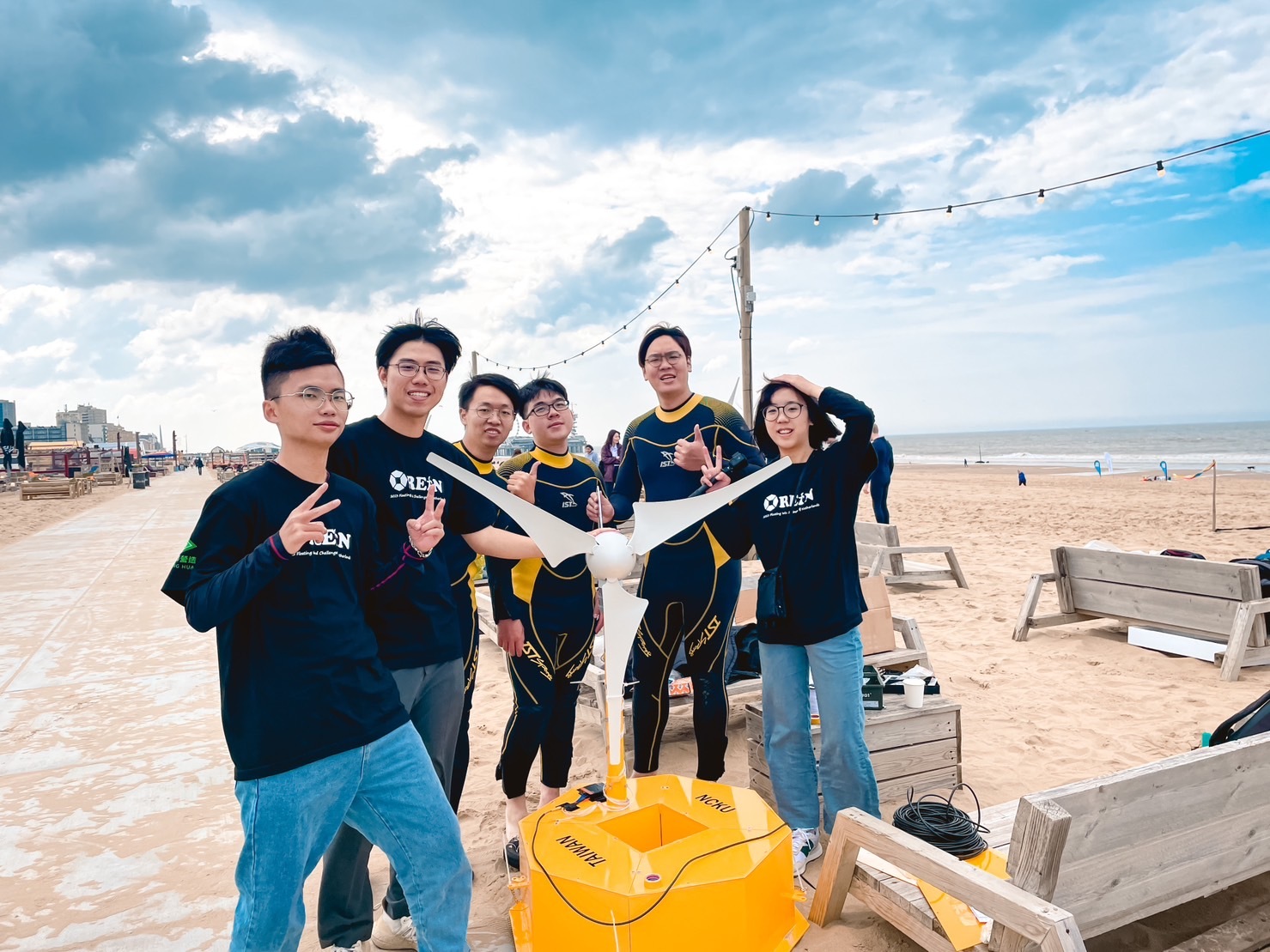
NCKU Student team flies over 10,000 km to Win Double International Recognition in North Sea Floating Wind Challenge
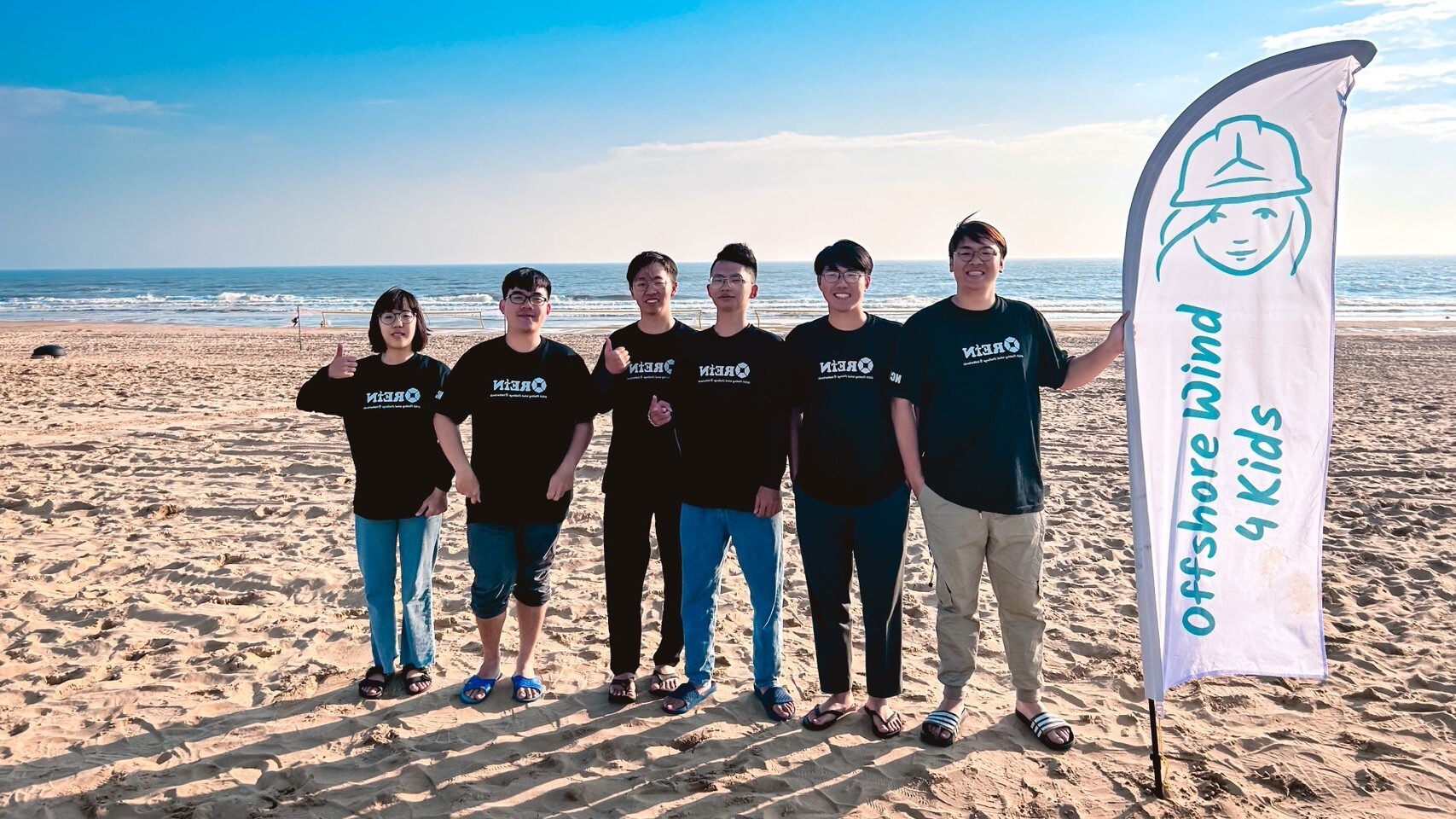
NCKU Student Research Delegation Participating in "the 2023 Floating Wind Challenge" in the Netherlands
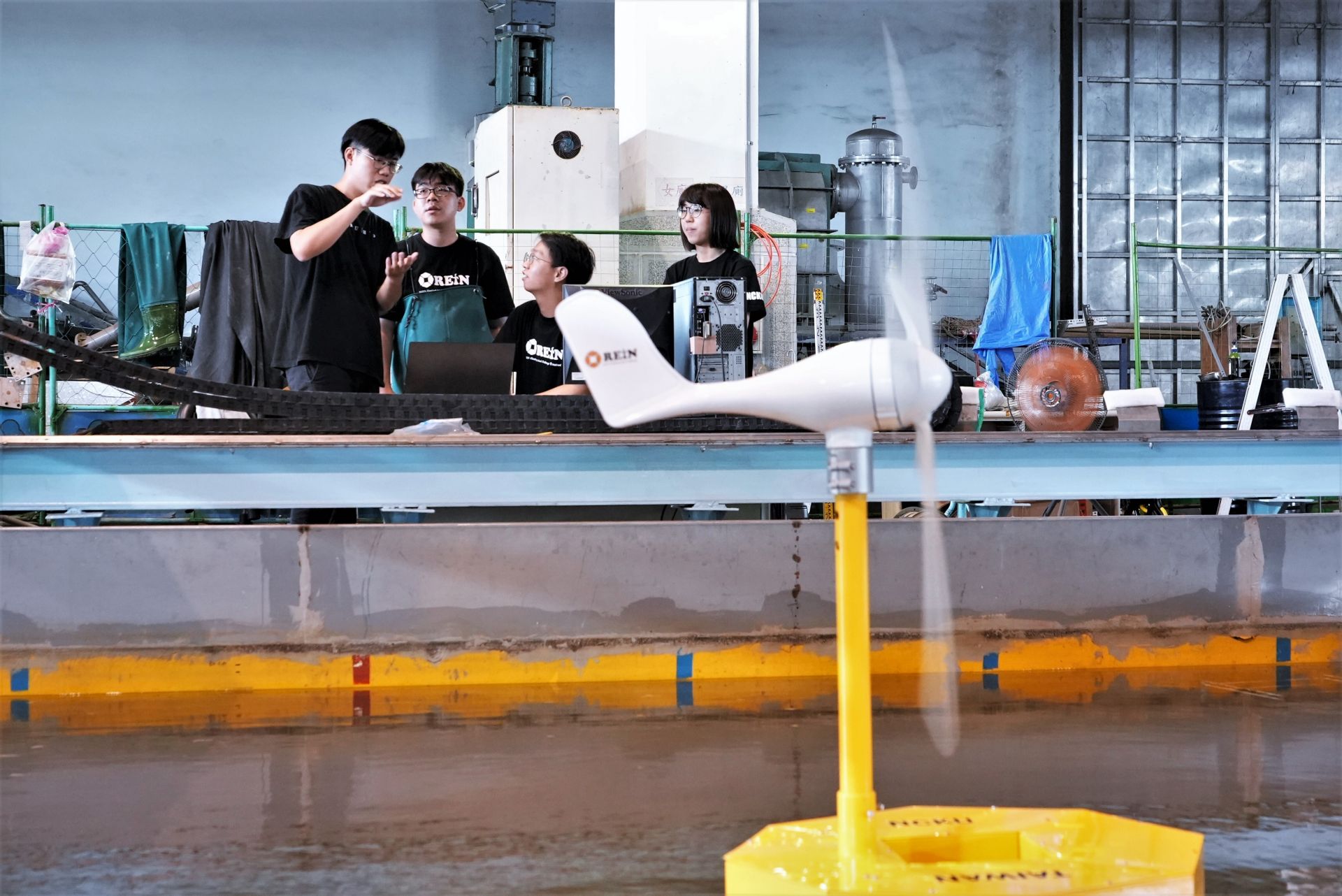
The team conducting wind and wave testing and verification for the floating wind turbine model at NCKU Institute of Water Engineering
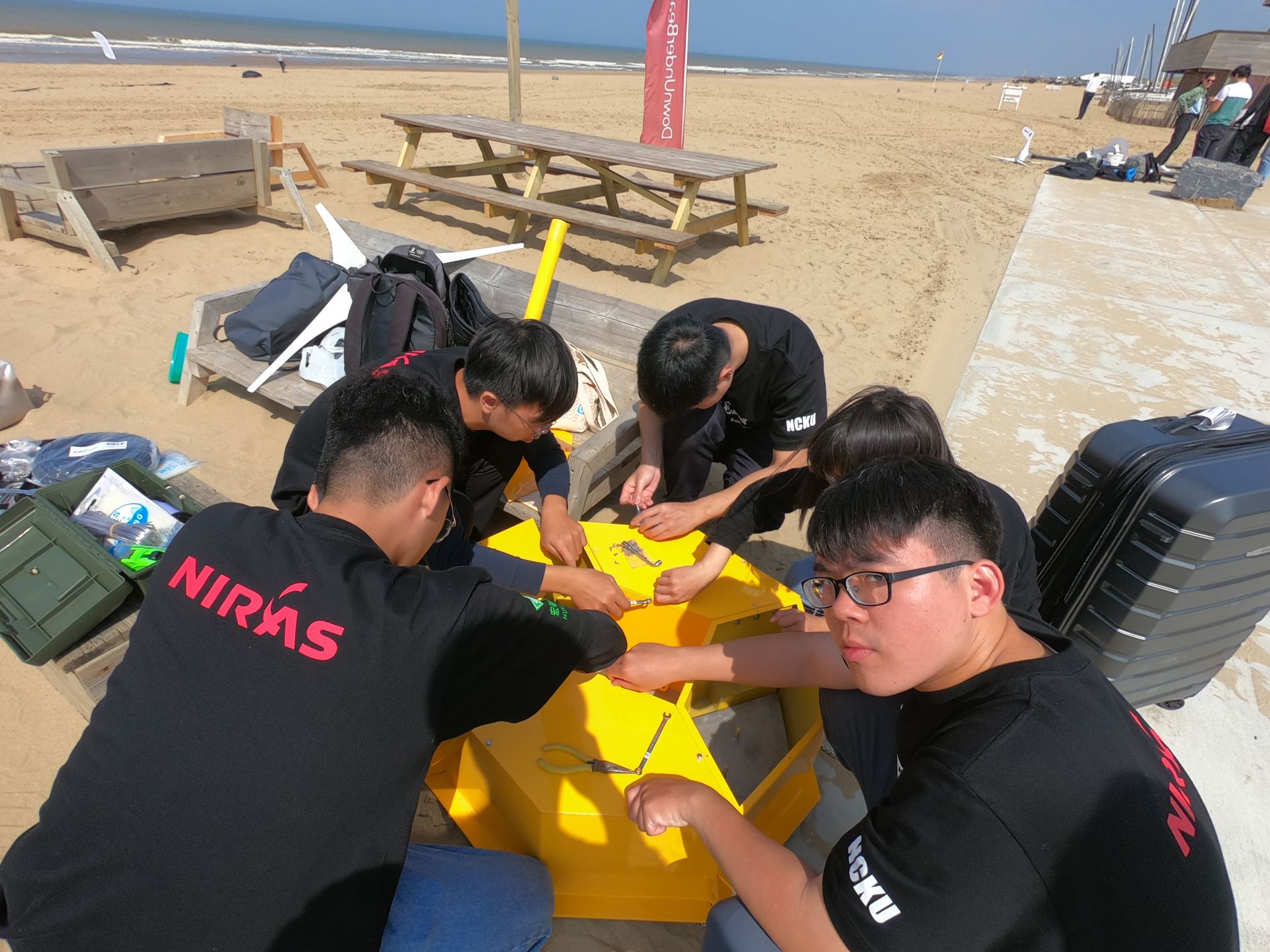
Students assembling the competition model before the competition.
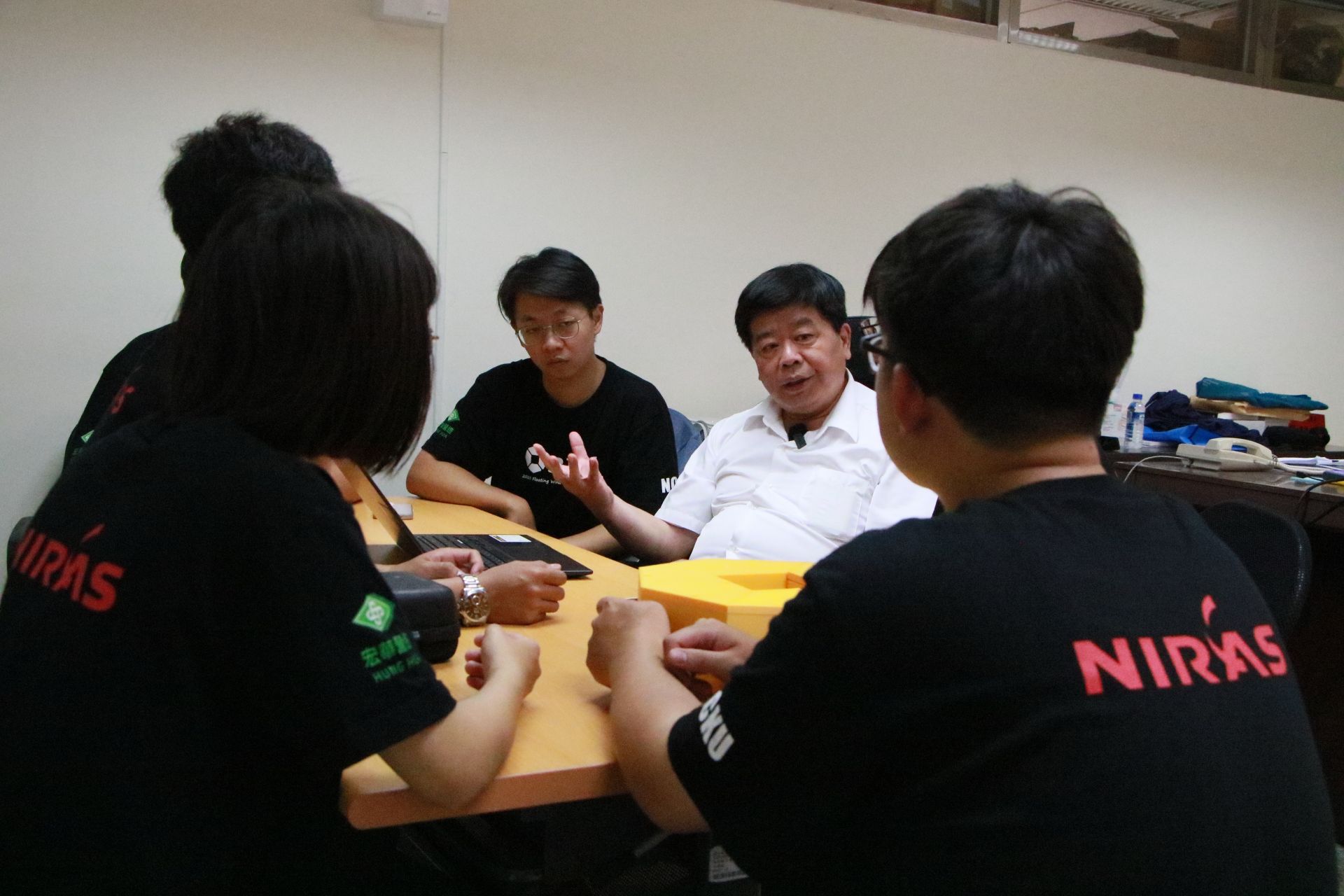
Professor Ray-Yeng Yang of the Department of Hydraulic and Ocean Engineering (in white) mentoring the student team.





